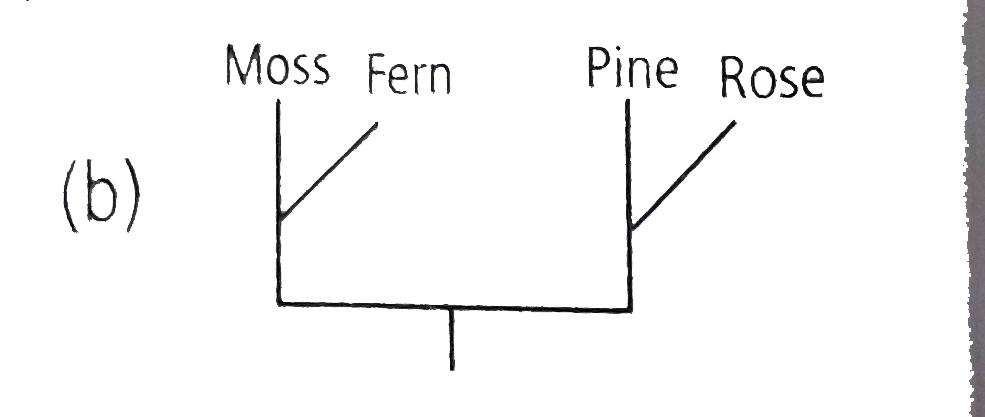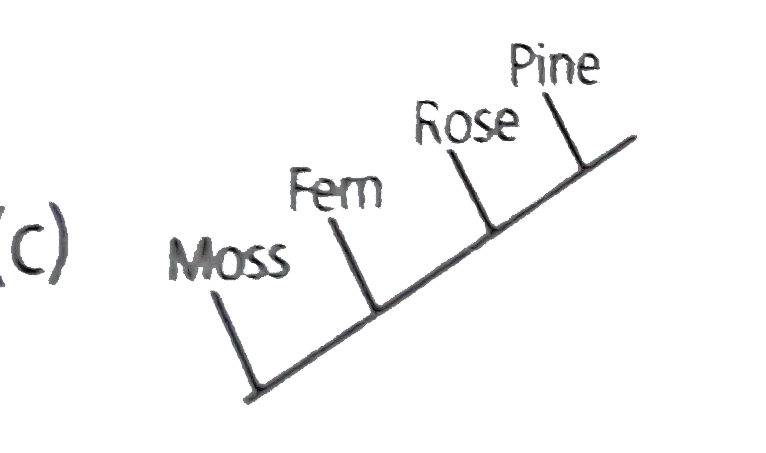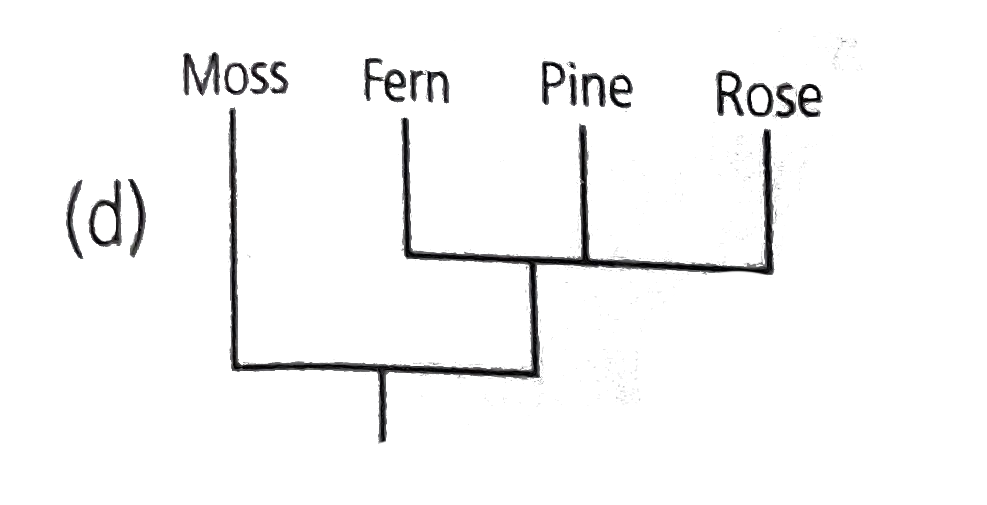Chances of inheritable and evolutionary changes are more in such species which reproduce by :
Parthenogenesis
Fission
Sexual reproduction
Asexual reproduction
The correct Answer is:3
Step-by-Step Solution:
1. Understanding Reproductive Methods:
- There are different methods of reproduction: parthenogenesis, fission, asexual reproduction, and sexual reproduction. Each method has distinct characteristics regarding genetic variation.
2. Defining Parthenogenesis:
- Parthenogenesis is a form of asexual reproduction where an egg develops into an organism without fertilization. The division that occurs is mitotic, leading to offspring that are genetically identical to the parent.
3. Explaining Fission:
- Fission is another asexual reproduction method where a single organism divides into two or more parts, each of which can grow into a new organism. This process also involves mitotic division and results in genetically identical offspring.
4. Asexual Reproduction:
- Asexual reproduction includes methods like budding and vegetative propagation, where offspring are produced from a single parent without the involvement of gametes. The offspring are clones of the parent.
5. Understanding Sexual Reproduction:
- Sexual reproduction involves two parents, where male and female gametes combine through fertilization to form a zygote. This process includes meiotic division, which creates gametes and introduces genetic variation through recombination.
6. Importance of Meiotic Division:
- Meiotic division is crucial because it allows for the mixing of genetic material from both parents, leading to new combinations of traits. This genetic diversity is essential for evolution.
7. Conclusion:
- The chances of inheritable and evolutionary changes are significantly higher in species that reproduce sexually due to the genetic variation introduced through recombination during meiotic division.
Final Answer:
The chances of inheritable and evolutionary changes are more in species that reproduce by sexual reproduction.
---
- There are different methods of reproduction: parthenogenesis, fission, asexual reproduction, and sexual reproduction. Each method has distinct characteristics regarding genetic variation.
- Parthenogenesis is a form of asexual reproduction where an egg develops into an organism without fertilization. The division that occurs is mitotic, leading to offspring that are genetically identical to the parent.
- Fission is another asexual reproduction method where a single organism divides into two or more parts, each of which can grow into a new organism. This process also involves mitotic division and results in genetically identical offspring.
- Asexual reproduction includes methods like budding and vegetative propagation, where offspring are produced from a single parent without the involvement of gametes. The offspring are clones of the parent.
- Sexual reproduction involves two parents, where male and female gametes combine through fertilization to form a zygote. This process includes meiotic division, which creates gametes and introduces genetic variation through recombination.
- Meiotic division is crucial because it allows for the mixing of genetic material from both parents, leading to new combinations of traits. This genetic diversity is essential for evolution.
- The chances of inheritable and evolutionary changes are significantly higher in species that reproduce sexually due to the genetic variation introduced through recombination during meiotic division.
The chances of inheritable and evolutionary changes are more in species that reproduce by sexual reproduction.
Topper's Solved these Questions
- ORIGIN & EVOLUTION OF LIFEBOOK - ALLENCHAPTER - ORIGIN & EVOLUTION OF LIFEEXERCISE - EXERCISE-IV (ASSERTION & REASON)
25 Videos
- ORIGIN & EVOLUTION OF LIFEBOOK - ALLENCHAPTER - ORIGIN & EVOLUTION OF LIFEEXERCISE - EXERCISE-III A(NCERT BASED QUESTIONS)
70 Videos
- ORIGIN & EVOLUTIONBOOK - ALLENCHAPTER - ORIGIN & EVOLUTIONEXERCISE - S
65 Videos
- PHOTOSYNTHESIS IN HIGHER PLANTSBOOK - ALLENCHAPTER - PHOTOSYNTHESIS IN HIGHER PLANTSEXERCISE - Match the column
3 Videos
Similar Questions
Knowledge Check
A phylogenetic tree or evolutionary tree is a branching diagram shown the inferred evolutionary relationships among various biological species. Which of the following phylogenies is correctly represented?
A B
B C
C D
D
Evolution due to genetic changes within a species is
View SolutionWhich is correct order in the evolutionary history of man ?
View SolutionThe concept of sudden genetic change which breeds true in a species is represented as
View SolutionAccording to the evolutionary theory, formation of a nes species is generally due to.
View SolutionWhat is the main mode of by which Fungi reproduce?
View SolutionGive two examples of organisms which reproduce by fragmentation
View SolutionWhich one is the most advanced from evolutionary view point
View Solution
